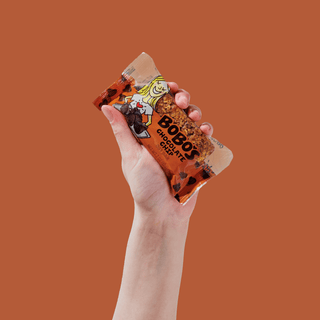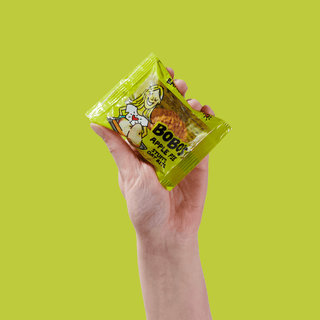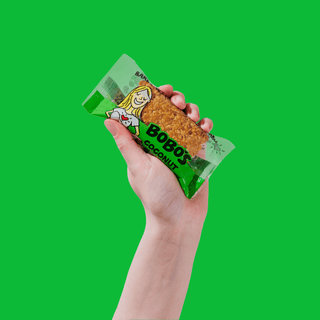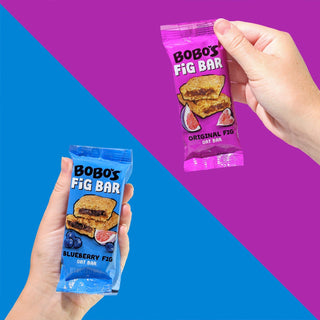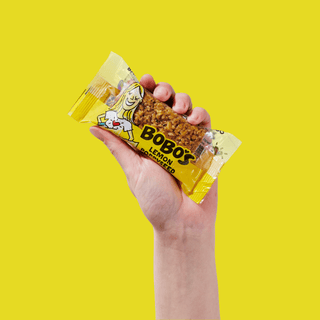Kids can be picky eaters (hey, even adults can!), so when you’re working on establishing healthy eating habits for kids, it’s all about knowing how to get them excited about trying new foods and how best to communicate with them and teach them about why eating clean meals can be so rewarding.
Figuring out how to get kids to eat healthy can be a struggle, especially when yours are especially stubborn and only like certain foods, but once you get better at teaching kids about healthy eating you’ll likely find greater success.
The most important thing when promoting healthy eating for kids is to make sure that you are using simple terms and making it fun. Let them know that carrots will be great for their eyes so they can see mommy and daddy better! Or that drinking that glass of milk will give them big, strong muscles like their favorite superhero. By making the healthy food conversation fun and playful, they’ll be more likely to listen and want to eat those foods.
If you have a toddler or child that isn’t so keen on those green veggies, here’s how to better promote healthy eating in your home.
1. Cut Healthy Foods Into Shapes
Kids love shapes and fun images, so if they won’t eat celery, turn it into ants on a log (put nut butter and raisins on it!) and if they don’t want to try broccoli, make a fun broccoli “face” from the head of florets. Cut watermelon with a heart-shape cutter or cantaloupe into balls to put on a skewer! Let them use their imaginations.
2. Play Trivia With New Foods
If you’re working on teaching kids about healthy eating, make it a trivia game rather than an academic lesson. You can teach them fun facts about certain foods! So, perhaps they might learn that oats have fiber, which is good for your tummy! And maybe they’ll learn that the reason sweet potatoes are orange is because of beta-carotene, which helps keep their hearts healthy!
3. Pair a Healthy Food With a Sweet
Sweets in moderation, especially those with natural sugar as opposed to added sugar, can be a great tool for getting kids to eat healthy for the rest of their meals and snacks. So, if you’re giving them a turkey sandwich on gluten-free bread and a cup of steamed veggies, then you may want to add a square of dark chocolate for a sweet touch to end their meal.
Or if you’re making a nutrient-dense smoothie, add a sweet note—fresh fruit works, as does a flavored oat bar, chocolate nibs, or unsweetened shredded coconut. This helps mask the healthy ingredients with sweet flavors so they’ll enjoy the recipe more.
4. ‘Sneak’ in Healthy Ingredients into Favorites
Look for recipes where you can make easy swaps to add more nutrient-dense foods. For example, add cauliflower to pizza crust or mashed potatoes. You can even put greens into baked goods, like zucchini into pound cake, avocado into a chocolate mousse or black beans into brownies! You and the kids won’t even notice they are there!
5. Take An Adventure To the Grocery Store
Let your child participate in grocery shopping so they can feel involved and helpful. For example, pick out two healthier snacks such as apples or bananas and let them choose which one they want. When you get home, they will be excited to eat the snack they chose.
6. Cook Together
Taking time to be creative and cook healthy meals together in the kitchen will help develop a healthy association that cooking with Mom or Dad is fun. Having this opportunity to bond and being rewarded with a healthy meal can leave a lasting impact on a child’s relationship with food.
7. Eat the Same Foods
When teaching your child how to eat healthy, lead by example. By only making one meal for everyone at dinner time, you can avoid your child turning into a picky eater. This will make it easier on everyone in the household.
8. Set Aside Time for Meals
Have dedicated time to sit down and enjoy meals together. This is a great opportunity to develop healthy eating habits by associating meal times with positive bonding experiences. It can be a time to teach children to be grateful for their food and intuitively eat.


